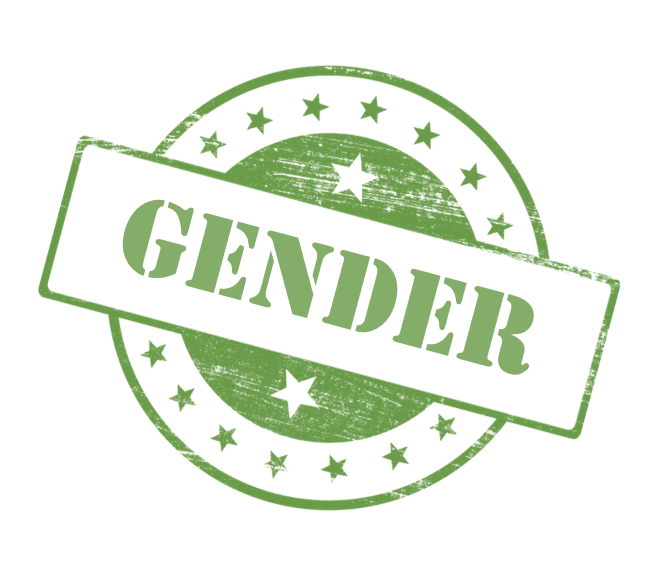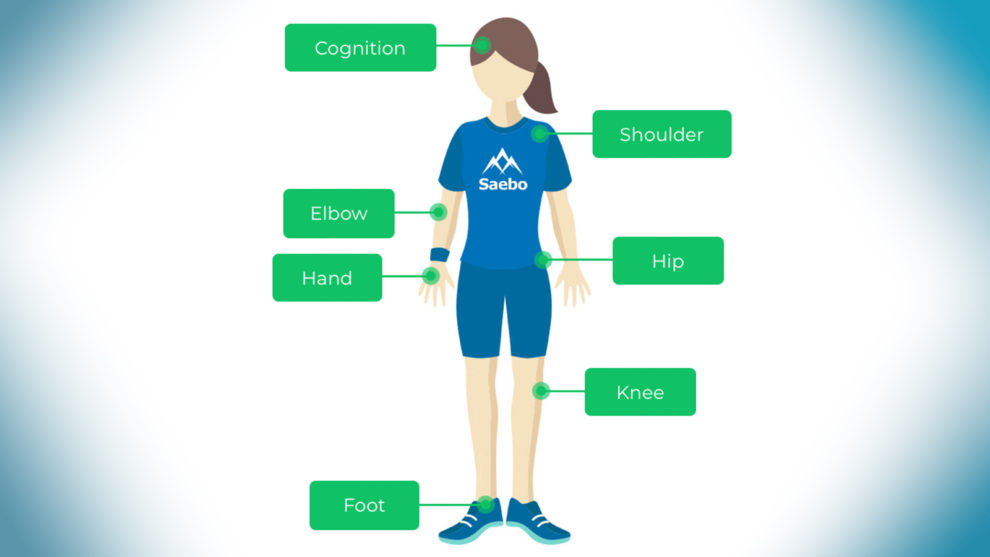IS EXOSKELETON DOING GENDER?
September 24, 2019
Despite the biological difference between a male and a female, we know that all the stereotypes supporting differences between men and women are purely cultural. We’ve acknowledged in previous articles also that Gender can’t be dissociated from Intersectionality.
We’ve seen that, on a Gender perspective, promising AI does not bring real support to Gender cause. On the other hand, Autonomous Mobile robots, supposed to upkeep our heterosexual patriarchal world, is to be a strong facilitator for more equity between men and women in the future.
What about the future use of an external wearable framework that acts as amplifiers that augment, reinforce or restore human performance? I mean exoskeletons. Let’s be clear. When we talk about exoskeleton application in the industry, it comes down to
Healthcare
Today, we count more than 50 medical exoskeletons. We can divide Medical exoskeletons and orthotics into two major groups: rehabilitative and augmentative.
- Rehabilitation medical exoskeletons for a certain period: the user will improve after using the wearable device. After a supervised training regimen set, the user will no longer need to use the rehabilitation exoskeleton.
- Augmentative medical exoskeleton forever: the user will not get better after undergoing rehabilitation and they will rely on the wearable device for the rest of their lives.
Furthermore, for many years and for many reasons, life expectancy is more favorable to women than to men. And we can assume that exoskeletons will not change this balance, mainly caused by our cultural male hemogenic world (“the toughest tasks for the stronger sex”).
But we should also consider the second major application of exoskeletons
Logistics
Think about wearable devices that work in tandem with the user. The opposite of an exoskeleton device would be an autonomous robot that works instead of the operator.

Imagine stevedores, equipped with a robotic suit, among Ikea warehouse or in the army. It is likely that this power jacket could rub out the difference between men and women output. This could have the same effect that the power steering system had for truck carriage business: closing the gender pay gap. Indeed, did you know that the gender pay gap within lorry drivers was one of the lowest in Western countries. It is around 6% in Europe, while the global gap is 16% (Source Eurostat).
Who could expect that exosuits innovation would not only allow humans to live longer, but would also be an active advocate for the gender in industries?

 English | EN
English | EN 
